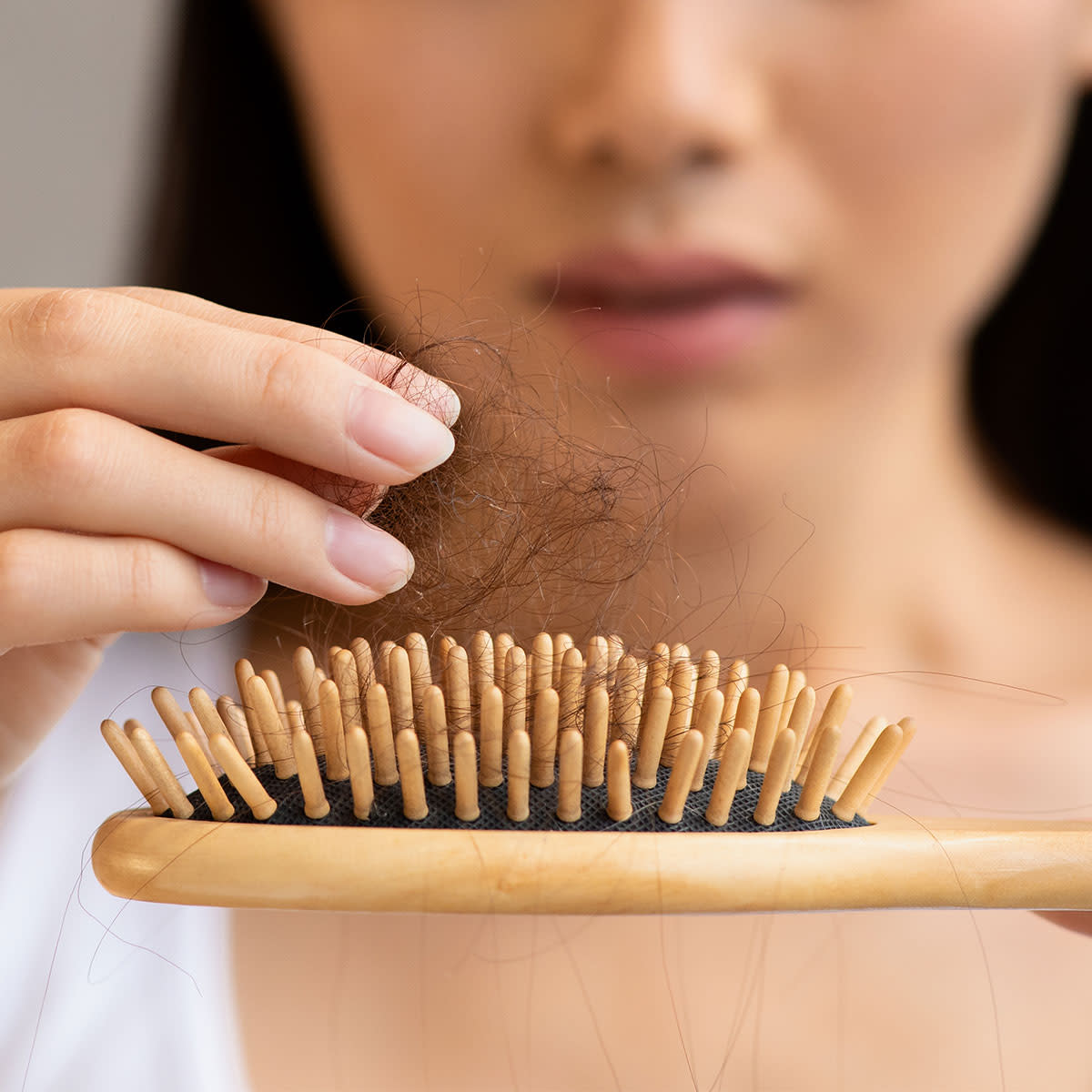The Best Treatments For Women Over 40 Experiencing Thinning Hair Include Platelet Rich Plasma

Hair shedding is one of the most common occurrences for women over 40 that few people ever talk about. Luckily, that’s starting to change as more and more women open up about the struggles they experience losing hair and watching it thin, whether the culprit is hormones, stress, medications they’re taking, or other reasons. It can feel like you’re suffering in silence sometimes, watching more hair shed onto your brush and the shower floor, while you remain unclear on what steps, if any you can take.
That’s when YouTube sweeps in to save the day. Dermatologists like Dr. Dray are providing the facts you need so you can separate them from fictional tales and tips and not waste your money on time on hair loss systems that don’t work.
Here’s what Dr. Dray has to say about the best treatments for thinning hair in women over 40.

Minoxidil
Dr. Dray starts with a well-established product that has been proven to help with hair growth: Minoxidil. This topical hair treatment works by stimulating hair growth at the follicle level and boosting blood flow to help nourish follicles. It takes about six months to start seeing results, so patience is key with this treatment. And it’s not a “cure” – it works only as long as you continue using Minoxidil. Side effects can include irritation and can increase shedding at first, before things improve.

Kataconazole
This ingredient is anti-fungal and can reduce inflammation and help inhibit an enzyme that causes hair loss, though keep in mind this is not marketed as a hair loss ingredient. You can find the ingredient in some anti-dandruff shampoos, including Nizoral Anti-Dandruff Shampoo.

Platelet Rich Plasma
Platelets are responsible for clotting in our blood and are rich in growth factors and proteins, Dr. Dray explains. When isolated from the blood and delivered to the scalp, they can help boost your hair follicles’ health and give your scalp better responses to other hair growth treatments. This isn’t an OTC treatment, of course. You’ll need to visit a dermatologist, who will draw some of your blood, isolate the platelets, and inject them into the scalp. And multiple treatments every few months are needed to see results.

At-Home Microneedling
Microneedling, typically performed by a dermatologist, creates micro-injuries in the skin that can then help products penetrate and work better — it’s often used in skincare in conjunction with active ingredients. But you can also use a micro-needling system at home on the scalp prior to applying topical hair growth products. The risk here is infection and it can be difficult to get all of the areas of your scalp that need it — Dr. Dray doesn’t recommend this option.

While you’re considering these or other treatments, try to keep in mind that some of the most effective hair loss solutions are simple and require little steps that you follow daily. This includes making sure your diet is rich in vitamins, minerals, and other key nutrients like fats and protein, meditating or exercising to relieve stress, getting enough sleep, and caring for your hair with gentle shampoos and conditioners that are free of parabens and other harsh ingredients.
Also consider visiting a board-certified dermatologist as your first step before starting any new treatment. They will be able to give you a more accurate understanding of the cause of your hair loss so that you can target that cause with effective treatments.
